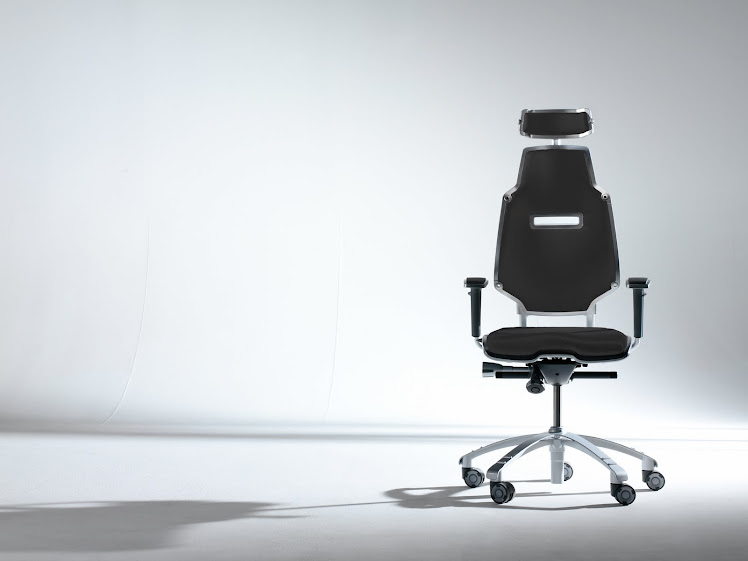The keyboard is the main interface between you and your computer. It is also the cause of most repetitive stress injuries resulting from computer use. Having the right ergonomic features in a keyboard tray is essential to your health and well being at a computer work station. A good keyboard tray can make a world of difference. A bad one can be worse than none at all.
Adjustable Height
The most important feature is the ability to adjust the height. Keyboard height is determined by your chair height (if sitting) and arm length. Being able to fine tune that and adjust it as you adjust your sitting position throughout the day is essential.
Keyboard Tilt
The keyboard needs to be held at a comfortable, negative angle that supports the natural wrist position. Typically this angle does not need to be changed often. Keyboard tilt does not need to be adjusted during subtle posture changes as the angle of your arms should remain relatively constant.
However, if your posture changes more dramatically during the day - say, from a slight forward tilt to a recline - then your keyboard tray should be easy to tilt.
Mouse House
The mouse should be placed next to and on the same level as the keyboard. Ideally it should be placed along the circular arc your lower arm makes when rotating from the keyboard to the side.
The keyboard tray should be able to accommodate the largest keyboard you are likely to use and the mouse on both the left and right side. There may come a time when mouse ambidexterity is needed.
The Rest Stop
Wrist / Palm rests are helpful during periods where your hands are inactive. There should be room for these as well if they are not already built in.
Slip & Slide
The ability to slide the keyboard tray in and out while still at operational height will allow you to scoot closer to or farther from the monitor to relieve eye strain while still maintaining an ergonomically sound setup.
Stability
Your keyboard tray should be rock solid. You do not want it to wobble or deflect when in use. A wobbly tray can be worse than just using the desktop or even your lap.
Simple trays mounted with drawer runners on both sides are stable but lack a number of these ergonomic benefits.
Adjustable mechanisms are typically center mounted and are more prone to deflection. Typically the cheaper the keyboard tray the worse the wobble.

No comments:
Post a Comment